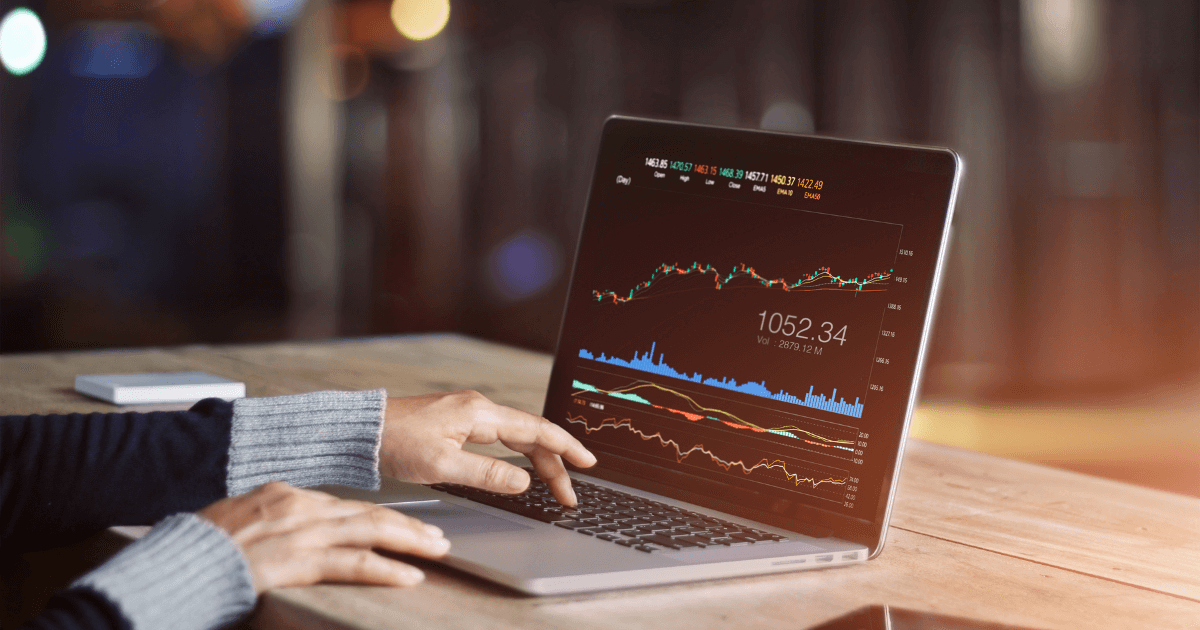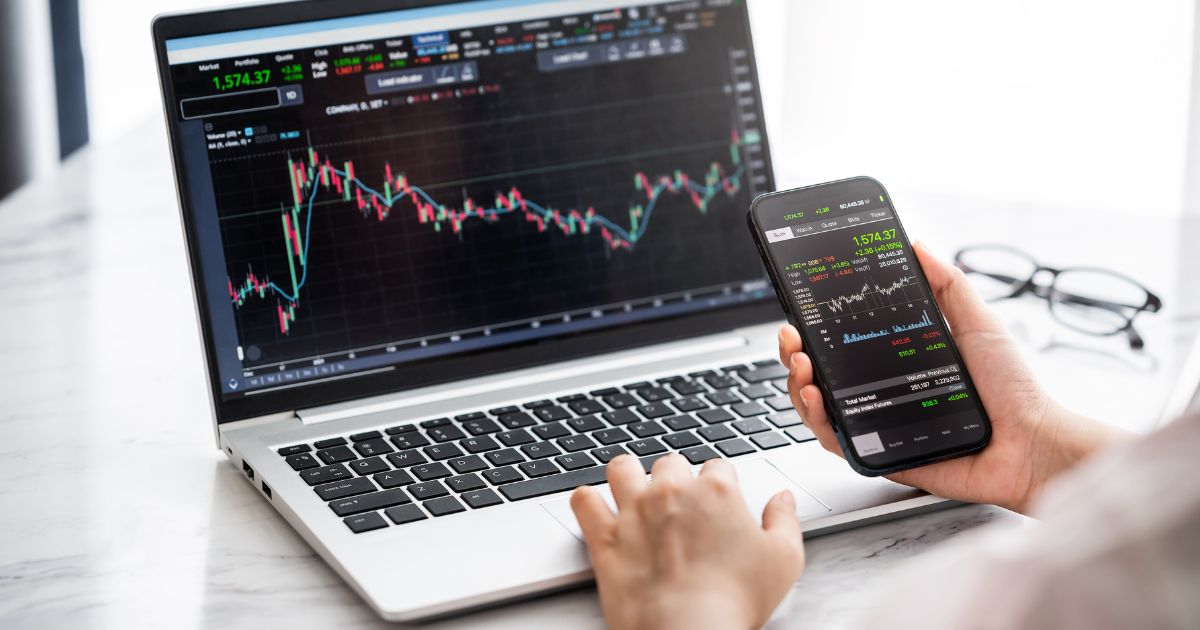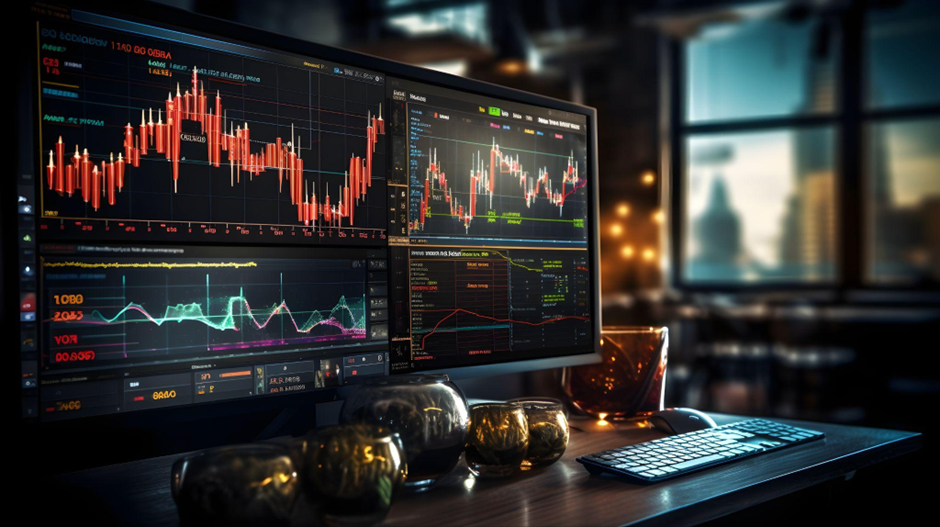Risk is an integral part of any financial investment. But how can you manage it to trade without overexposing yourself? In this guide, you’ll learn the key risk factors in trading and how to avoid them. We will also show you why it isn’t true that the ideal risk-reward ratio is 1:3.
What Is Trading Risk?
Trading is a complex activity, and therefore, many risk factors are involved: from those related to infrastructure, brokers, and cybersecurity, to those specific to the financial investment.
From an economic perspective, risk is the possibility that the investment won’t generate the expected returns or will result in a loss.
In the worst case, such losses can lead the trader to be overexposed, putting the entire trading account at risk.
To avoid this danger, it’s essential to recognize in advance the possible risks associated with the trades and, above all, to learn how to manage them properly.
Risk Tolerance
In trading, “risk tolerance” means the ability to bear a loss both economically and psychologically. Every trader has their own risk tolerance level.
It is essential to assess such a risk profile from the outset to choose investment strategies that match the available capital and one’s emotional tolerance.
This process is called “risk management.“
What Is Meant by “Risk Management”
“Risk management” refers to the process by which a trader can control the typical risks of trading through operational strategies and instruments.
The risks associated with trading can be divided into two categories:
-
“Internal” or “active” risks related to your trading decisions and strategies
-
“External” or “passive” risks arising from market, economic, political, social scenarios, etc. These risks include rare or unforeseeable events such as the so-called “black swans.”
Risk management involves managing and mitigating these risk factors in several steps.
The 4 Steps of Risk Management
The risk management process includes four main steps:
-
1. Risk Identification
-
2. Risk Assessment
-
3. Risk Mitigation and Control
-
4. Risk Monitoring
1. Risk Identification
Proper risk management begins with identifying possible adverse scenarios that could affect the performance of a position or, in severe cases, the entire portfolio.
This requires considering all those economic, political, social, commercial, etc., factors that may affect market trends.
Identifying possible risks, from the mildest to the “worst case scenario,” will allow you to prepare yourself, both psychologically and financially, to deal with the problems you may run into during your trades.
2. Risk Assessment
Once the risks are identified, you need to assess how they could affect your trades.
You should always ask yourself, “What would happen if such an event were to occur?”
If price fluctuations seriously affect your position or portfolio, then it probably means that you are overexposed and need to realign the allocation of your capital.
3. Risk Mitigation and Control
This is the critical stage: applying the four key risk management strategies described below to mitigate the risks associated with your trades.
4. Risk Monitoring
The last step is to monitor the performance of both the individual position and the portfolio and make corrections or rebalancing as necessary. Such rebalancing may occur periodically (e.g., every “x” time) or on a qualitative basis (e.g., when the position deviates by a particular value from its average or when volatility increases by x%).
Risk Management Strategies
As anticipated, there are four key risk management strategies:
-
Portfolio diversification
-
Sizing your position correctly
-
Hedging strategies
-
Setting stop-loss and take-profit orders in line with your goals
1. Portfolio Diversification
To prevent your investments from resembling a lottery, you must learn to diversify and balance your portfolio by including different markets, strategies, and instruments with varying levels of risk.
Be careful: diversifying capital doesn’t mean dividing it into equal slices like a pie, but choosing and sizing the different positions according to your financial goals and risk profile.
2. Sizing Your Position Correctly
Sizing your position correctly is crucial to avoid over-exposure. But how can you properly allocate capital?
A general rule of thumb is to allocate at most 1% (maximum 2% if you’re an experienced trader) of your capital per trade.
When you’re considering how much capital to allocate to different positions, you should also keep this in mind:
-
It isn’t always the case that the riskier your trades are, the more you can earn
-
It isn’t true that you must choose trades where the risk-reward ratio is 1:3.
In the following video, Andrea Unger, in an interview with radio journalist Debora Rosciani (Sole 24 Ore Group), not only debunks these two false trading myths but also explains how to choose the correct percentage of capital to invest in your trades.
When you listen to the interview, you’ll understand why the 1:3 risk-reward ratio is a myth (he has strategies where the risk is higher, but he’ll explain why they work!). He’ll also show you why there’s a (mathematically calculable) risk level beyond which it isn’t worth going. Don’t miss it!
3. Hedging Strategies
“Hedging” in trading means opening positions to offset and protect investments so that opposing assets offset any losses. For example, if you invest in long positions, you can hedge by buying put options.
4. Setting Stoploss and Takeprofit Orders in Line with Your Goals
Before you start trading the markets, it’s essential that you set both your profit targets and the maximum loss you’re willing to bear. Once set, these values should always be adhered to.
In situations of panic or euphoria, you may be inclined to change your strategy, but remember that doing so may cause you to lose your capital.
From a practical perspective, you can use two operational instruments: a stop loss and a take profit. These are two orders that allow you to automatically close a position, the first down and the second up, once the preset levels are reached.
It seems strange to set limits upfront, especially profit limits, but this is crucial because excessive greed could cause you to leave positions open for too long and then see them return to the entry point.
Setting proper stop-loss and take-profit orders ahead of time is essential from a risk management perspective.
Six Practical Tips to Improve Risk Management
In addition to risk management strategies and tools, there are several precautions you can take to manage risk when trading:
-
1. Don’t start trading until you have acquired the necessary training, knowledge, and skills
-
2. Don’t risk more than you can afford to lose (there’s often a tendency to overestimate your risk tolerance before you start trading)
-
3. Always stick to your trading plan
-
4. Keep your emotions in check
-
5. Avoid periods of high volatility and market turbulence
-
6. Start with liquid markets and less risky instruments.
Conclusions
We often hear that trading is risky.
It’s true: Risk is an implicit part of any investment or financial activity.
However, this trading risk can be managed through precise risk management strategies, such as diversifying the portfolio, correctly sizing positions, using hedging strategies, and using operational instruments such as stop loss or take profit.
Like any professional or entrepreneurial activity, trading is risky if approached superficially, without proper training and knowledge.
Remember, “Amateurs look at performance, professionals look at risk.”










